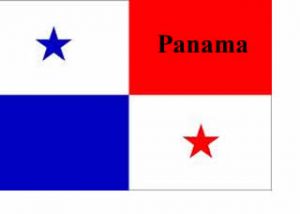 The Panamanian education system seeks to promote students’ social, economic and political development and to endow them with the capacity to think critically and creatively. School is universal, free and compulsory for children ages 4 to 17.
The Panamanian education system seeks to promote students’ social, economic and political development and to endow them with the capacity to think critically and creatively. School is universal, free and compulsory for children ages 4 to 17.
Four and five year olds attend pre-kindergarten and kindergarten, while primary schools cater to children aged 6 to 11 years. Secondary students attend pre-media (which corresponds to U.S. middle school) at the end of which they receive a certificate of completion. High school, or media pupils are aged 15-17, and are offered two tracks: an academic track and a professional/technical track. Upon completion, they are awarded a bachillerato, which is similar to a U.S. high school diploma and enables them to apply to university or other institutes of higher education.
Secondary school students are graded as follows:
|
Grade |
Grade Description |
U.S. Grade Equivalent |
|---|---|---|
|
5 |
Highest Grade |
A |
|
4 |
|
B |
|
3 |
Minimum Pass |
C |
|
2 |
|
D |
|
1 |
Lowest Grade |
F |
The following chart depicts the post-secondary grading scale:
|
Scale |
Grade Description |
U.S. Grade Equiv. |
|---|---|---|
|
91-100 |
Sobresaliente (Outstanding) |
A |
|
81-90 |
Bueno (Good) |
B |
|
71-80 |
Regular (Average) |
C |
|
61-70 |
Minima de Promoción (Minimum Pass) |
D |
|
0-60 |
Fracaso (Fail) |
F |
Curriculum at all levels is designed within the context of Panamanian geography, history and values. Pre-schools follow a curriculum which promotes socialization and prepares students for the primary level, with a focus on pre-reading and basic math skills. Primary students study Spanish, religion, social sciences, English, artistic expression, mathematics, science, physical education and technology. Secondary schools offer Spanish, English, French, geography, history and geography of Panama, civics, science, mathematics, and logic, among other courses. Depending on which type of bachillerato students choose to pursue, they will spend more time in classes relating to a particular area, such as literature, science or technology.
The University of Panama is the country’s leading university, offering academic and professional programs including medicine, law, education and architecture. Students may also attend any of more than a dozen other institutes of higher learning, including Technological University of Panama and a variety of vocational colleges